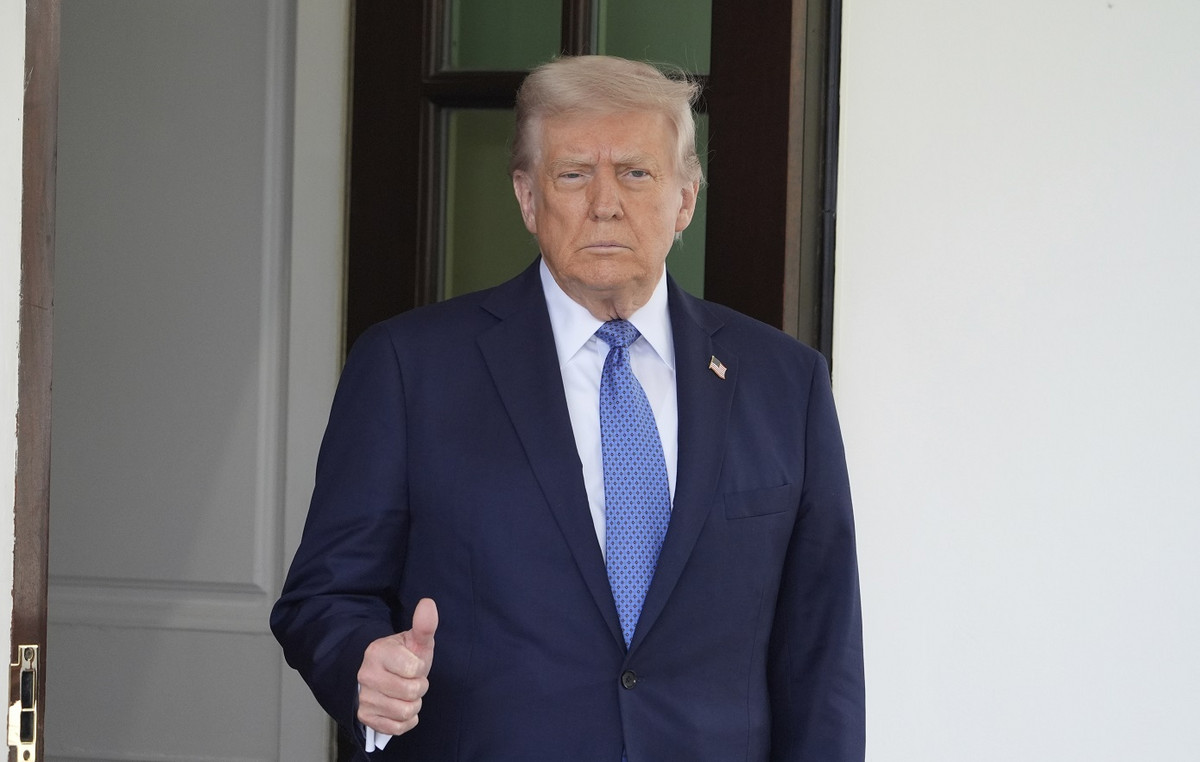The Brazilian Institute of Geography and Statistics (IBGE) signed, for the first time, an agreement with two UN agencies to help with the census of immigrants and refugees.
Technicians from the International Organization for Migration (IOM) and the United Nations High Commissioner for Refugees (UNHCR) will help count the population of these groups.
“The two agreements are fundamental for the coverage of international migration, particularly of Venezuelans, although also of Bolivians and other refugee segments both from Latin America and abroad, such as Afghanistan and Ukraine. We are going to capture everything”, said the president of the IBGE, Eduardo Rios Neto.
According to a report by the Observatory of International Migration (OBMigra), linked to the Ministry of Justice and Public Security, the last census, carried out in 2010, indicated the existence of more than 592,000 immigrants in Brazil, especially Portuguese and Japanese, “revealing traces still present of the historical migrations that were destined for the country from the second half of the 19th century and the beginning of the 20th century.”
Of this total, 61.4% were concentrated in the states of São Paulo and Rio de Janeiro.
Between 2011 and 2020, according to OBMigra, the administrative records of the federal government on requests for residence and asylum show a change in profile, with 1.3 million immigrants and refugees residing in the country, led by Venezuelans and Haitians.
From a spatial point of view, São Paulo and Rio reduced their participation to 38%, while Roraima concentrated 21.9% of this population and the South Region, 16.8%.
In the 2022 Census, which began last Monday (1st), the International Organization for Migration will support the translation into Spanish of the questionnaire and dissemination materials. The work will be concentrated especially in Roraima and Amazonas.
IOM teams will also accompany census takers in Venezuelan indigenous communities and in Support and Reception Posts in Boa Vista and Pacaraima, both cities in the RR. One of the objectives is to identify Venezuelans who live outside the government’s official shelter system.
“The IOM has supported the Brazilian government’s humanitarian response since its inception with the monthly production of different reports that allow for information on Venezuelan refugees and migrants in Brazil, thus making it possible to carry out actions based on concrete evidence. The inclusion of this population in the Census is a great achievement to increase knowledge and dissemination of information”, highlights IOM Chief of Mission in Brazil, Stéphane Rostiaux.
The UNHCR will assist the IBGE in accessing shelters that welcome refugees and will monitor the carrying out of interviews with the guarantee of respect for culture, especially for indigenous ethnic groups. In Pará, for example, the UN Refugee Agency has already trained census coordinators in a differentiated approach to indigenous Venezuelans of the Warao ethnic group.
“It is through the collection of quality data that we can understand the profile of the refugee population welcomed in Brazil to structure public policies that dialogue with the demands of each segment”, said the interim representative of UNHCR in Brazil, Federico Martinez.
“In addition, considering the large area of Brazilian territory and the potential for refugees to move in search of opportunities in different cities, carrying out the Census in shelters allows for a better understanding of their needs and contributes to integration actions in the cities of welcome.”
Source: CNN Brasil







